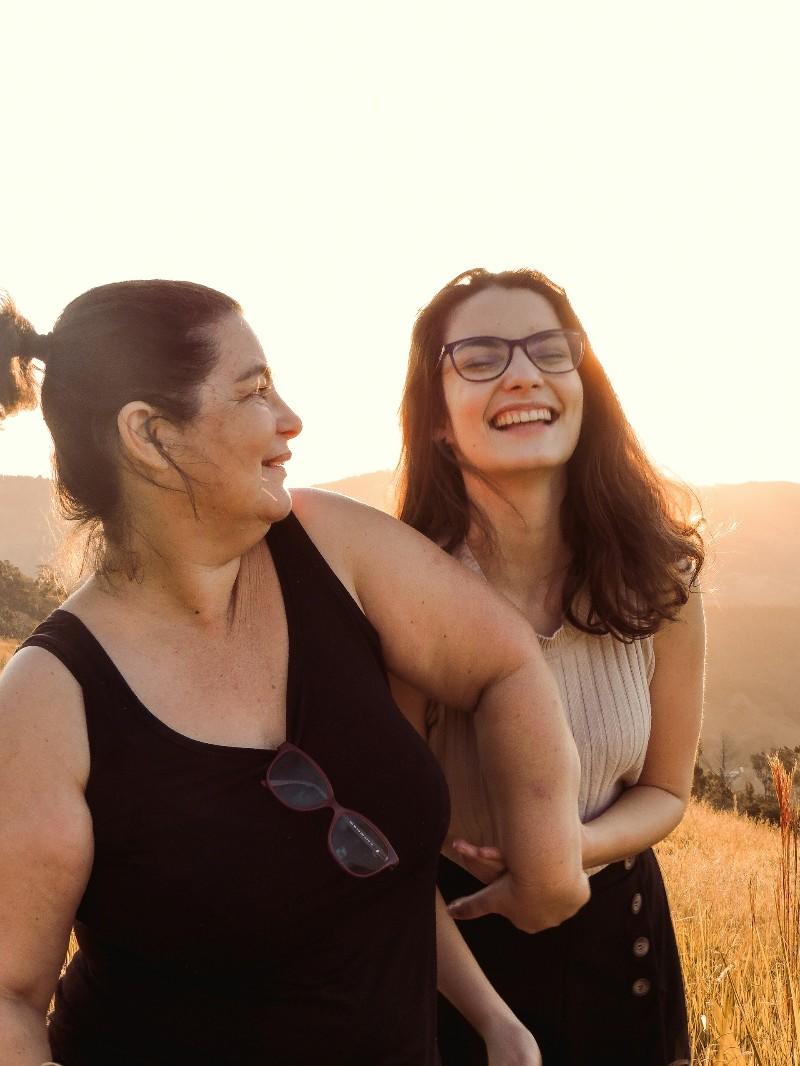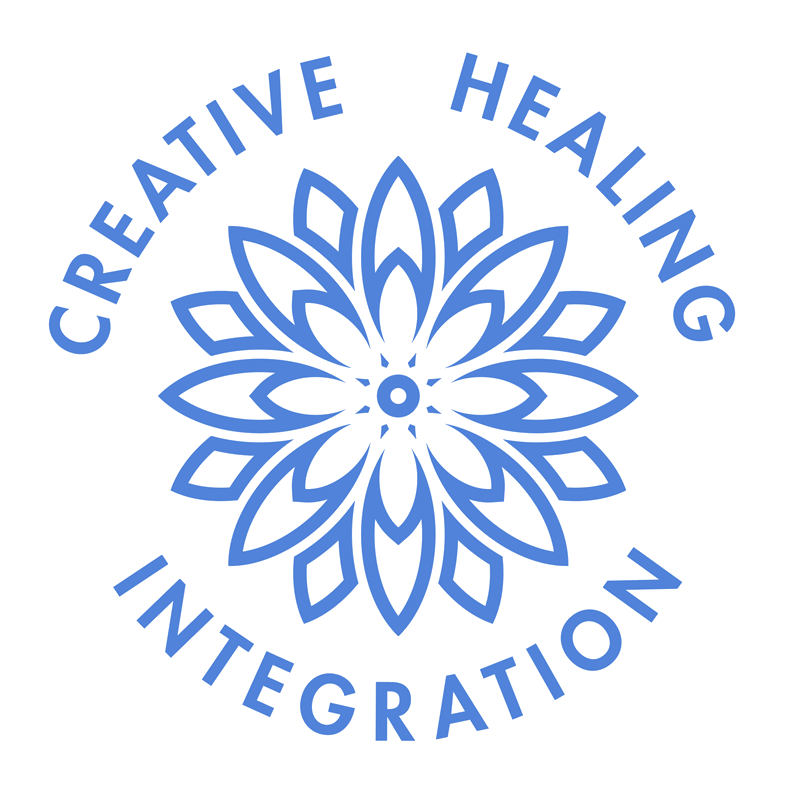Toxic Mother-Daughter Relationships

Have you ever eaten food that made your stomach sour? There is a good chance there was something toxic to you in that food. Your body knew what to do. Expel it ASAP.
What if that “toxin” comes in the form of abuse, negativity, and criticism? From a mother who sees the world through her needs instead of her dependent child’s.
A toxic mother-daughter relationship is when a daughter becomes an extension of her mother’s needs, rather than an extension that needs care and support to grow as a separate person, and be able to know her own voice.
When a daughter is told to shut up, or that she is stupid, she is being fed negative toxins in her psyche. She is also building neural networks in the brain that begin to believe this about herself at a less conscious level. Especially when these toxins enter early in a child’s life, and are repeated over and over.
It has been found that Neurons that wire together fire together.* Meaning, when we learn something new, we create new neural networks in our brain, and if that learning is coupled with an experience, that learning is paired.
Left untreated, these neural pathways continue to feed the same information to our psyche. Deepening the negative internal experience and making it feel like reality. It is through having new experiences, that we can create new, life-enhancing neural pathways where neuroplasticity can take effect and real change can develop.
Examples of a Toxic Mother-Daughter Relationship
Toxic environments are found in more places than Chornobyl.
From age 5, Rhonda’s mother would yell and slap her because she wanted to play with her friends instead of help around the house. As she got older, she watched as her mother scammed her tenants out of their deposits, cursing and blaming them for wanting their money back.
Rhonda did not have any other adult role models to look up to, only her mother and her drunk father. She only knew that she did not like her life; it did not “taste” good, and she was in fear of her mother. She learned that to be loved is to be scared, and that adults are untrustworthy.
Anne’s family immigrated from another country. Even after decades of living in the US, her mother never learned English. Anne helped run the household, do chores, pay bills, and read the mail as early as she could remember.
She was her father’s favorite, but he was seldom around, and his English skills were limited. When he was around, she felt special.
In the evening, when her father gathered men for gambling and drinking in the attic, one of these men took 4-year-old Anne into her room; no one noticed.
The following day, when Anne told her mother that it “hurt down there,” she was told to stop lying and wanting extra attention.
Twenty-five years later, she came to my office, feeling overworked and stuck in abusive relationships. We started to unpack the traumas of her childhood and begin the healing process.
Anne experienced a horrible trauma, sought sustenance and support, only to be fed blame, criticism, and false accusations at a most vulnerable moment. At this moment, Anne’s mother-daughter relationship became toxic. Not only did her mother turn a blind eye to her 4-year-old daughter’s needs, but she also sided with her molester, who continued the abuse for years. Anne learned to hide her needs, including for nurturing and support.
When there are no words, or the pain is buried, Art is a beautiful way of tapping into the intangible effects of toxic relationships and trauma.
For instance, Manuel Neri (1930-2021), visually captured the effects of trauma in his sculpture. A California artist, he created sculptures of the human form in white plaster, much like the innocence we enter the world with. Then, he randomly spattered paint over their bodies, externalizing their inner emotional experience after a life of relationships and experiences that change us no matter how perfect we may start. Think of Rhonda, Anne, or even yourself as the pristine white plaster, and then see the splattered paint of inner emotional experiences from trauma or a toxic mother-daughter relationship.
How to Heal from a Toxic Relationship With Your Mother
When a child is exposed to the toxicity levels of Rhonda or Anne, or even less, certain steps can be taken to begin the healing process.
Take an inventory:
What do I love about my life?
What do I want to change?
What do I want to keep?
Areas to consider:
Relationships – What is the quality of your friends, lovers, partner? This is where our wounds will be acted out or healed, but we need to know if we are healing or hurting.
Spirituality – What is your relationship to your wise self, higher self, best self? If you yearn to have more dimensionality or practices, listen to that calling.
Mental Stimulation – How are you feeding your mind? Where our thoughts go, energy flows, let your mind be fed as much nutrition as your body.
Physical Stimulation – Is your body getting the movement it needs? Each person’s needs are different, but knowing what yours are is as important as getting the activity your body needs.
Well-being – Do you feel good about your daily choices? Diet, rest, habits. We now know how much everything is connected, mind, body, and spirits.
Work-life – Is there balance, satisfaction, or dissatisfaction? There will be short phases of over or under-working within reason. The true tell is whether you feel it is a choice, your choice, or if you have ongoing resentment and fatigue.
This is a list to spend time with, journal about, and meditate on. You may be surprised by some of your answers.
It is also a great exercise to do with a group of others. Mother wounds were not created in isolation, nor can they be healed in isolation. We need each other, we need the best of ourselves and the best of each other to give support, feedback, and the energy of a loving community.
Structured and professionally led groups are suggested, so the group can feel held and supported.
Using Art to Heal from Your Childhood Wounds
Art is a powerful tool, it reaches many parts of the brain, i.e., the visual cortex (seeing), frontal lobe (thinking), amygdala (emotions), medial prefrontal (feel good reward center). Without effort, it changes our brain waves into a more relaxed wave, i.e., Theta waves (state of flow), Alpha (relaxation and creativity), and Gamma waves (problem solving).
As we make art, we involve the body, our thinking slows down, our brain changes, and we shift our state of being. This enhances our brain functioning, our nervous system, and how we feel. It raises our serotonin levels, which affect our mood, we create new neural pathways of thinking, and visual expression activates our feel-good center of the brain.
While making art, for instance a Mandala, we are not only engaging those healthy areas of our brain, building and expanding how we think, but also containing whatever may come up so we do not become overwhelmed. Because the Mandala is a circle, it also acts as a container to hold visually what may arise.
For instance, art helps to externalize what is going on inside, which can feel like a huge relief. It is no longer in me, but out there. And if that feels like too much “out there” the circle contains it, and our “mirror neurons" (visuomotor neurons, or brain cells that help us learn things visually) register it as real.
Art is a powerful tool, but it is also fun, relaxing, and good for you, while also giving voice to experiences not easily spoken, known or talked about.
If you would like to schedule a talk with me, please click here to fill out an application to schedule a coaching discovery call with me.
Healing Takes Community
Mother wounds were not created in isolation, and they cannot be healed in isolation. The Mandala Workshop provides a space for reflection, healing, and creative expression. If you missed the live workshop on March 16th, you can still join the journey. Sign up for the replay here.
With love,

Mari Grande
CHI Creative Healing Integration™
*Donald Hebb’s Hebbian theory, a Canadian neuropsychologist in 1949 coined the phrase “Neurons that wire together fire together”


0 comments
Leave a comment
Please log in or register to post a comment